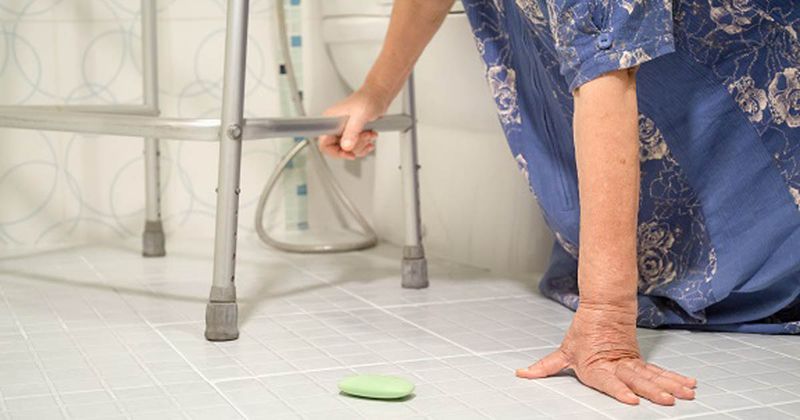Incidence of falls lowest after second eye cataract surgery
SAN DIEGO — Cataract surgery on the first eye improves vision, but surgery on the second eye minimizes the incidence of falls, according to a study presented during a virtual press conference at Academy 2022.
Individuals requiring surgery in the public hospital system in Australia often have a long wait, Lisa Keay, OD, of the School of Optometry and Vision Science at the University of New South Wales in Sydney, said during the academy-sponsored event.


Keay and colleagues sought to evaluate age- and sex-adjusted incidence of falls as the primary outcome and visual acuity and refractive status as secondary outcomes in a study of patients undergoing cataract surgery.
The prospective, observational study was conducted in eight tertiary referral ophthalmology clinics in public hospitals in Sydney, Melbourne and Perth between 2013 and 2016. The 409 participants included 220 women, and the mean age was 75.4 years (SD = 5.4 years). Patients were evaluated before cataract surgery and after the first and second eye surgeries.
“We found over 400 people on surgery waiting lists,” Keay said. “Before they had surgery, the rate of falls was 1.2 per year; after the first surgery it went down 30% and went down 50% after the second eye was operated. In the subgroup who got all surgeries in a 2-year period, it was getting the second eye done that had the largest impact on falls rate.”
Keay said this is new information.
“We know vision will be substantially improved when they get their first eye operated, but to really reduce falls, we need to reduce the time until the second eye surgery,” she said.
“We did some modeling,” Keay continued. “If we reduce the amount of time between surgeries from 1 year to 3 months, it could result in significant savings to the health care system. There’s been a big impact with COVID, also, because people have avoided getting tested and getting surgery.”

